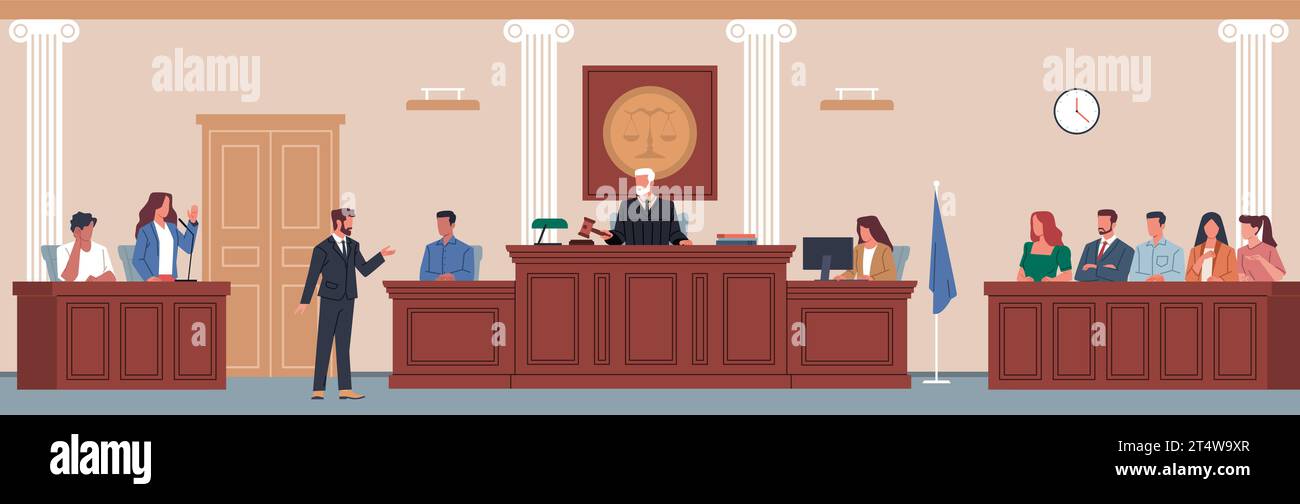Attorneys use custom trial presentations that leave an impact.
Attorneys use custom trial presentations that leave an impact.
Blog Article
Just How Test Presentations Enhance Your Argument and Encourage Jurors
Trial presentations offer as a crucial device for enhancing lawful disagreements and encouraging jurors. The tactical use of visuals not only clarifies intricate information yet likewise catches jurors' attention much more efficiently than words alone.

Significance of Aesthetic Help
Aesthetic aids play an essential function in enhancing the efficiency of test discussions, as they can substantially increase target market involvement and retention of info. In the context of a test, where jurors are charged with processing facility details, visual help serve to simplify and make clear bottom lines. Charts, charts, and images can convey information and ideas that may otherwise bewilder or confuse jurors, permitting a more simple understanding of the evidence provided.
In addition, visual aids aid in preserving juror attention throughout the process. By damaging the uniformity of spoken statement, these tools can stress vital arguments, making them extra memorable. Reliable aesthetic aids can likewise stimulate psychological responses, which can be pivotal in convincing jurors to line up with the speaker's story.

Crafting Compelling Narratives
An engaging narrative is vital in test presentations, as it functions as the backbone of efficient persuasion. It enables attorneys to weave together facts, proof, and emotional components into a systematic story that reverberates with jurors. This narrative structure allows jurors to understand the intricacies of the instance while leading them through the attorney's argument.
To craft a compelling narrative, attorneys must focus on clearness and comprehensibility. This includes establishing a clear protagonist-- often the customer-- and outlining their trip through the occasions in concern. Offering the facts in a sensible sequence improves comprehension and keeps involvement. Additionally, using vibrant descriptions can develop mental pictures that help jurors imagine the occasions, making the narrative much more unforgettable.
Furthermore, integrating crucial motifs throughout the discussion enhances the core message and help in retention - trial presentations. The story must not just convey details however additionally stimulate a sense of justice, highlighting the risks included. Eventually, a well-constructed narrative fosters a link in between the jurors and the case, placing the attorney's argument as both reputable and engaging, thus enhancing the possibility of a desirable decision

Engaging the Jury Psychologically
Effective jury interaction pivots on the lawyer's ability to get in touch with jurors on a this content psychological level. This connection can considerably impact jurors' perceptions and their utmost decision-making. Making use of sob stories allows attorneys to humanize the situation, transforming abstract lawful ideas into relatable experiences. By presenting real-life tales or endorsements, attorneys can evoke compassion and compassion, fostering a much deeper understanding of the issues at risk.
Aesthetic help, such as pictures or videos, can even more enhance emotional engagement, providing jurors with brilliant representations of the situation's human elements. Crafting a narrative that highlights the battles and victories of the individuals included ensures that jurors see beyond the legal disagreements and identify the human effects of their decisions.
Additionally, tone and body movement play an important role in communicating feeling. An attorney's passionate delivery can resonate with jurors, reinforcing their psychological financial investment in the event. It's important to balance psychological charms with valid proof, guaranteeing that jurors feel forced to act while continuing to be grounded in the truth. Eventually, a mentally involved court is more probable to be persuaded, making psychological connection a vital element of effective trial discussions.
Structuring Your Discussion

The body of the discussion must be realistically segmented into key factors, each sustained by compelling evidence. It is beneficial to make use of narration techniques to weave realities right into a story that jurors can easily follow. Visual help, such as charts and videos, can enhance understanding and involvement, assisting to highlight important items of evidence.
Real-World Situation Researches
Analyzing real-world study provides invaluable insights into the art of test presentations and persuasion. The site situation of "O.J. Simpson v. Individuals of California" shows exactly how aesthetic aids and engaging narratives can persuade court assumptions. The defense team efficiently used a technique that combined high-profile specialist testaments with multimedia discussions, which mesmerized jurors and ultimately affected their choice.
An additional noteworthy instance is the "McDonald's Coffee Situation," where the complainant's attorneys used graphic images of the injuries received by Stella Liebeck. trial presentations. This stark visual evidence played an important function in conveying the severity of her burns, causing a considerable court honor. Such instances show that impactful trial presentations frequently find out this here rest on the effective integration of visuals and storytelling to evoke emotional feedbacks from jurors
In addition, the "Casey Anthony Trial" highlighted the significance of narrative comprehensibility and reputation. The prosecution's failure to establish a compelling timeline reduced their convincing power, underscoring the necessity of a well-structured discussion. Examining these cases reveals that effective trial discussions call for tactical preparation, emotional engagement, and the capability to resonate with jurors' worths and ideas.
Final Thought
Test presentations significantly enhance arguments and convince jurors with the calculated usage of aesthetic help, compelling stories, and psychological engagement. A well-structured discussion balances psychological allures with valid proof, ultimately reverberating with jurors' values.
Report this page